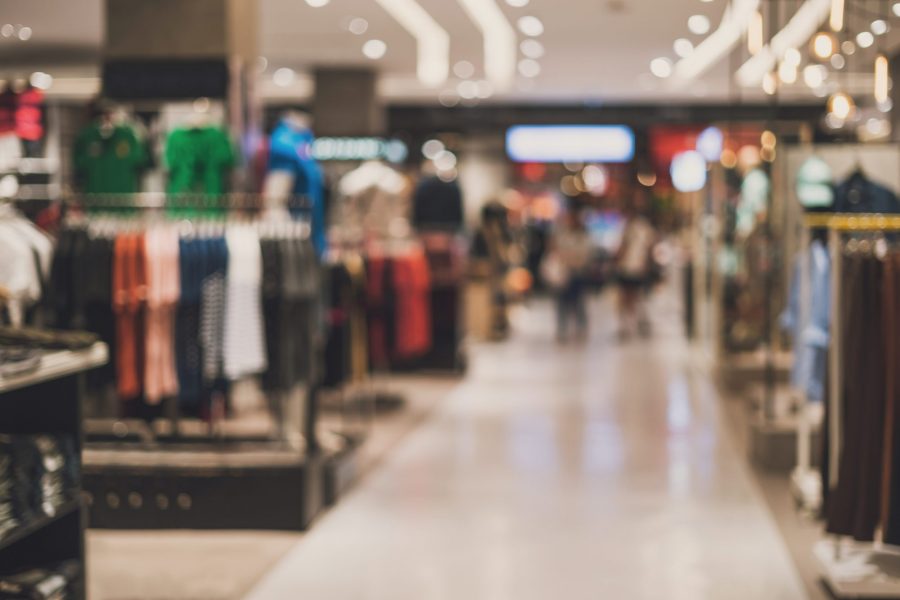
Our Blog
Easy and Low-Cost Methods for Creating a Greener Building
Written by: Alexandrea Purvis
4 Min Read
Published: August 25, 2021
Updated: December 13, 2022
Green building is not a fad, but a core priority for today’s renters to live in sustainable and energy-conscious homes. Here’s how to construct a sustainable green building or remodel an existing building to meet these energy-efficient demands.
To easily design or remodel your building to make it greener, consider low-cost options such as:
- LED Lighting – Considered the top swap that virtually pays for itself, replacing standard light bulbs with LED is a good first step towards a carbon-neutral building.
- Energy-Efficient Appliances – Appliances such as washers, dryers, dishwashers, and low-flow toilets all play a role in earning LEED certification, reducing energy consumption, and attracting residents.
- Native Landscaping – Instead of importing tropical plants that require artificial heat and tons of water, using low maintenance, local plants improves community sustainability and increases water efficiency as they can usually thrive in typical British weather.
- Composting – With the average person in the UK generating 70kg of food waste per year, composting lessens your community’s environmental impact, creates energy savings, and might even lower your gardening costs.
- Recycling – Add recycling to turn your building green. Younger residents are more likely than other generations to request recycling services. However, they must be easy to access and convenient for all residents.
- Electric Car Charging Stations – Think beyond Tesla when considering charging stations. Charging stations give a solid assist in marketing your green building as well as charging all car models. In fact, it’s estimated that electric cars will total 8.5 million in 2025 and that over half of all cars sold will be electric by 2040.
- Upgraded Green Utilities – A utility audit, often provided for free by public utility companies, assists with determining how to lower costs and transform your property into a greener building. Implementing green energy alternatives such as solar panels and smart meters can support plans for a carbon-neutral building.
- Smart Thermostats – Smart thermostats can be considered green if they reduce energy consumption. The UK government advises that the replacement of traditional gas and electricity meters with smart meters is an essential national infrastructure upgrade for Great Britain that will help make energy cheaper, cleaner, and more reliable.
Best Green Building Practices
In a recent survey of over 2,000 international contractors, builders and developers, almost half said they expect to construct more than 50% of their projects as green buildings by 2021 by using these best practices:
- LEED Certification – LEED is the “green building standard” by which all other sustainability claims are measured. With a stringent rating system, it signifies whether a building is constructed with minimised resources and/or using renewable energy resources versus merely “greenwashing” the issue. Although sustainable materials may increase building costs, they often have a positive ROI. According to a report by RENTCafe, 69% of respondents were interested in living in an energy-efficient or green building and were willing to pay more to do so.
- Green Building Materials – Transforming into a green builder requires switching to using sustainable/renewable building materials and resources during construction. Topping the list are bamboo, recycled plastic, wood, hempcrete, and grass concrete.
- Net-Zero Green Buildings – Net-Zero buildings are simply those designed whereby energy consumption is equal to their output. Whether on-site or off, the goal is to generate renewable energy via solar panels, wind turbines, and geothermal plants.
The Link Between Lockers and Emissions
Although it takes a little work to understand, there is a clear link between installing smart lockers and reducing carbon emissions. To test the theory that lockers boost efficiencies and decrease van congestion and pollution, Parcel Pending by Quadient entered into a pilot project with the University of Washington and its Urban Freight Lab.
The project required the participation of two carriers (UPS and USPS), property managers at the Seattle Municipal Tower (CBRE), the Seattle Department of Transportation, and building tenants. The goal was to tackle how to handle not just the “last mile” of package delivery, but what is termed the “Final 50 Feet”- getting the parcel to the tenant’s door. The results were astounding!
- Total delivery time plummeted 78% as compared to floor-to-floor and door-to-door delivery.
- There were zero failed deliveries to the lockers as compared to seven in the traditional delivery model.
- A significant reduction in dwell time (the time a van is parked in a loading zone) reducing traffic and carbon emissions.
The study report concluded, “In short, we’ve proven that lockers are a good solution for some of our urban freight challenges and should be part of our solutions toolkit.” The project was led by Dr. Anne Goodchild, Founding Director, Supply Chain Transportation & Logistics Centre, and Professor of Civil and Environmental Engineering at the University of Washington.
This study was so insightful that Parcel Pending by Quadient has partnered again with the Urban Freight Lab in a new research project to determine if the results are repeatable. Specific goals are to reduce parking-seeking behaviour by 20%, reduce truck dwell time by 30%, and improve commercial efficiency by increasing curb and alley space occupancy rates.
A locker system is currently installed in the Belltown neighbourhood of Seattle and offers free, contactless, and 24/7 parcel pickup access. It’s an interesting test in that these smart parcel delivery lockers are not confined to just one property (as in the first test), but are available to anyone who can pick up their packages within 7 days of delivery.
To start or remodel your green building with smart lockers, contact the Parcel Pending by Quadient team today!



